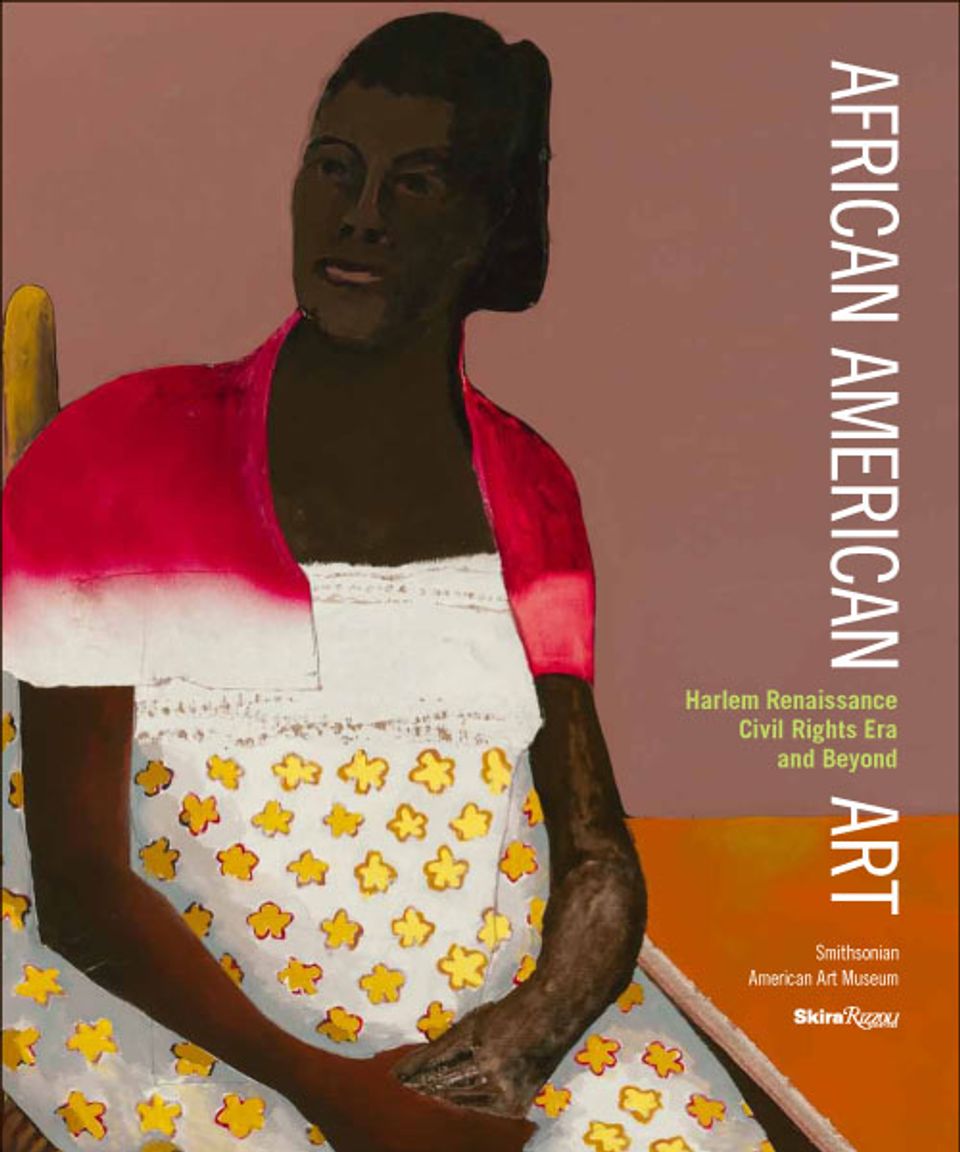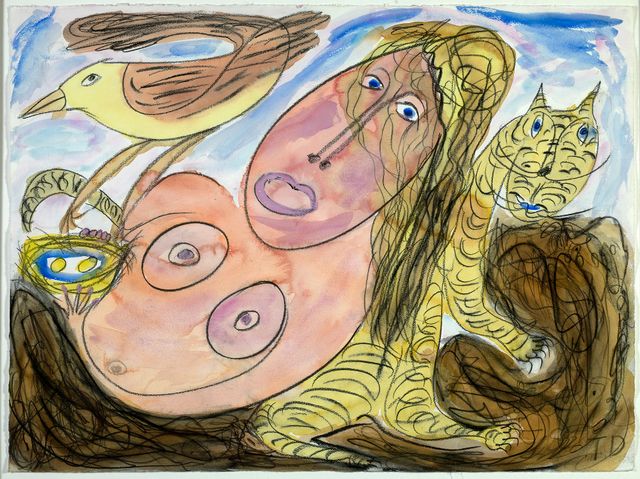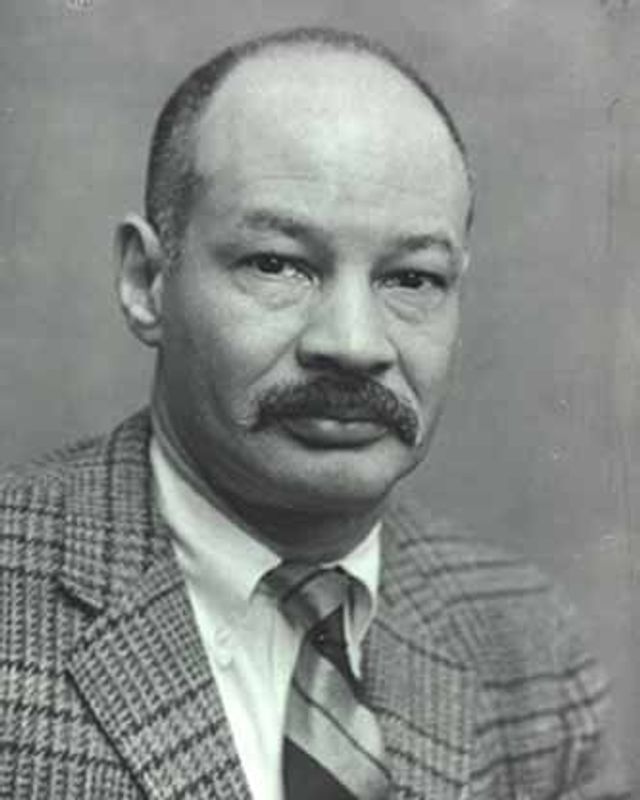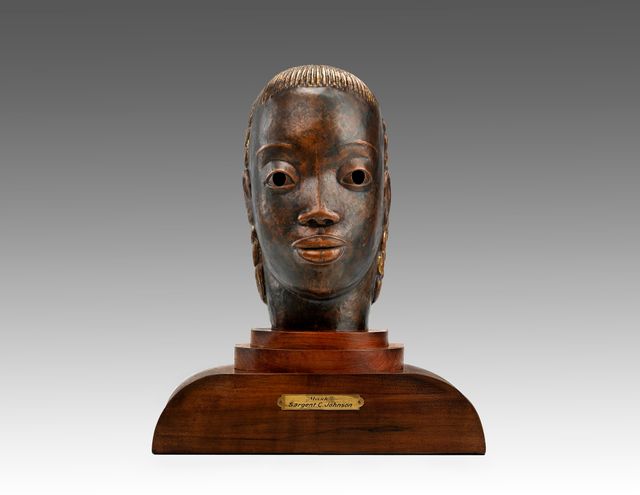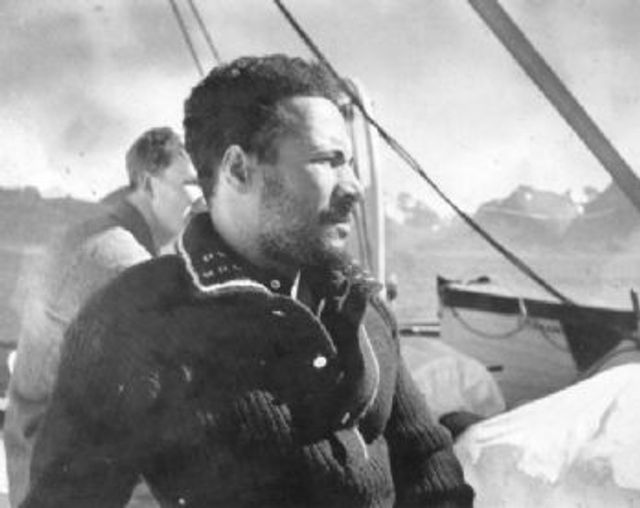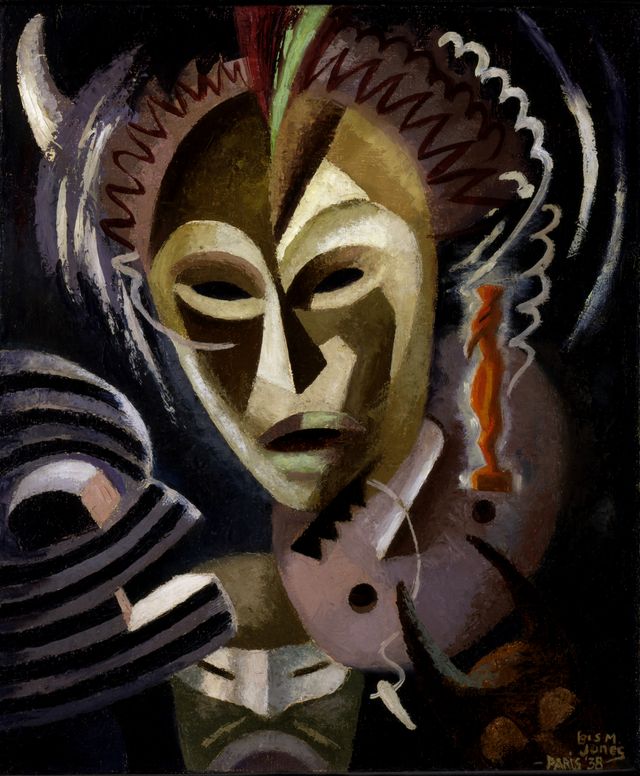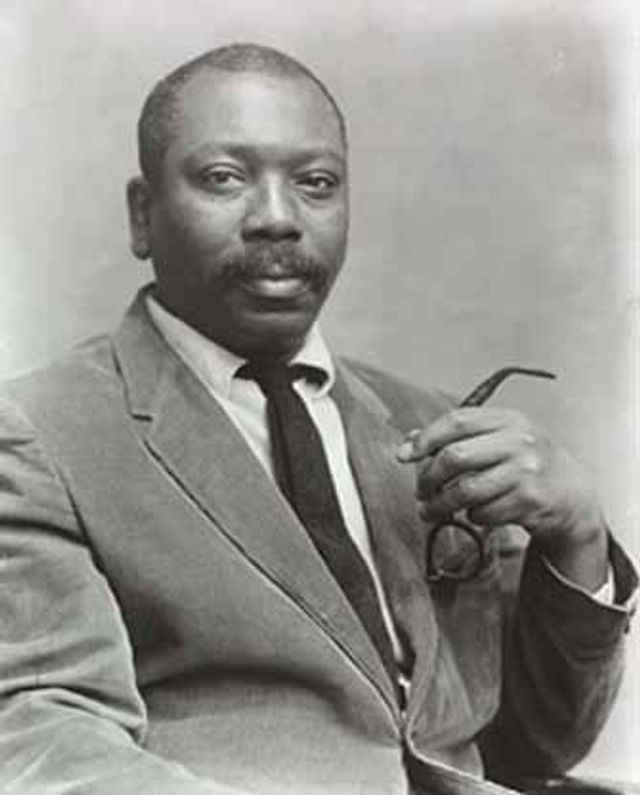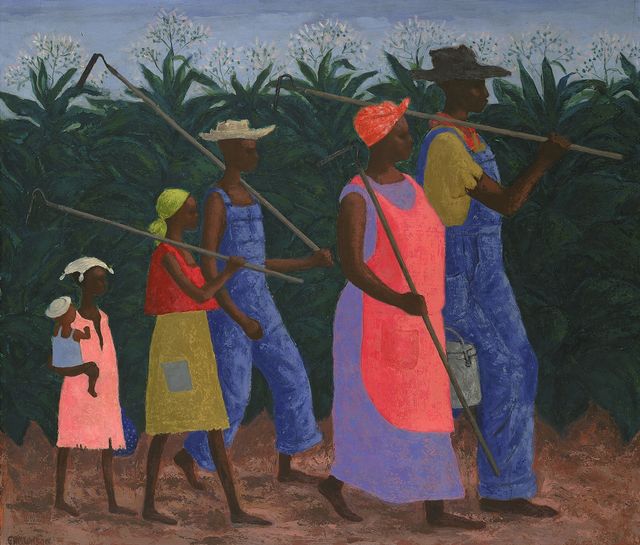African American Art in the 20th Century
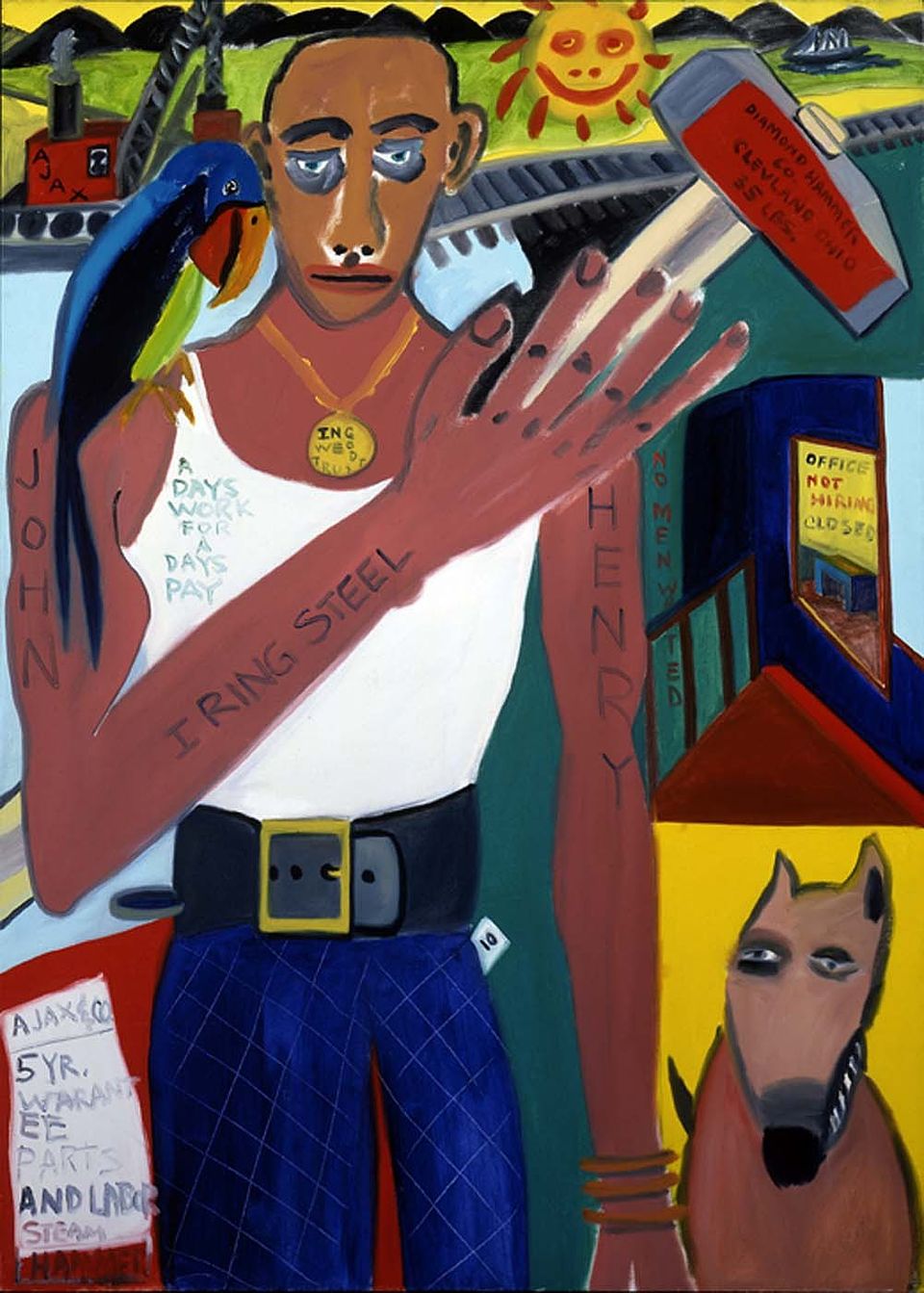
Frederick Brown, John Henry, 1979, oil on canvas, Smithsonian American Art Museum
The Smithsonian American Art Museum is home to one of the most significant collections of African American art in the world. In 2019, SAAM organized the exhibition African American Art in the 20th Century that is traveling to several cities across the United States.
Description
This exhibition presents nearly 50 paintings and sculptures by 32 African American artists from SAAM’s collection. These artists came to prominence during the period bracketed by the Harlem Renaissance and the Civil Rights movement. The means of these artists varied—from modern abstraction to stained color to the postmodern assemblage of found objects—and their subjects are diverse. Benny Andrews, Ellis Wilson and William H. Johnson speak to the dignity and resilience of people who work the land. Jacob Lawrence and Thornton Dial, Sr. acknowledge the struggle for economic and civil rights. Sargent Johnson, Loïs Mailou Jones, and Melvin Edwards address the heritage of Africa, and images by Romare Bearden celebrate jazz musicians. Sam Gilliam, Felrath Hines and Alma Thomas conducted innovative experiments with color and form.
The featured artworks were created at significant social and political moments in America. Words of Howard University philosophy professor Alain Locke, novelist James Baldwin, Civil Rights leader Reverend Dr. Martin Luther King, Jr., and their contemporaries provided insight and inspiration. In response, these artists created an image of America that recognizes individuals and community and acknowledges the role of art in celebrating the multivalent nature of American society.
Visiting Information
Tour Schedule
Publications
Credit
African American Art in the 20th Century is organized by the Smithsonian American Art Museum. The C.F. Foundation in Atlanta supports the museum’s traveling exhibition program, Treasures to Go. The William R. Kenan Jr. Endowment Fund provided financial support.
Online Gallery
Artists
Born in North Carolina; studied in the U.S. and in Paris; lived mostly in New York City.
Thornton Dial was born into a sharecropping family in rural Alabama, on the eve of the Great Depression. He experienced the trauma and tumult of both Jim Crow segregation and the civil rights movement. Profoundly influenced by Dr.
Melvin Edwards was raised in Houston, Texas. His artistic talent was recognized at an early age, and he was encouraged to study the works of European old masters at the Museum of Fine Arts.
Gilliam is an innovative color field painter who has advanced the inventions associated with the Washington Color School.
Painter. Hines studied design at the Pratt Institute in Brooklyn, N.Y., and his paintings—in the tradition of the De Stijl movement—often contain strong design elements.
"It is the pure American Negro I am concerned with, aiming to show the natural beauty and dignity in that characteristic lip and that characteristic hair, bearing and manner; and I wish to show that beauty not so much to the white man as to the Negro h
By almost any standard, William H. Johnson (1901–1970) can be considered a major American artist. He produced hundreds of works in a virtuosic, eclectic career that spanned several decades as well as several continents.
Now in her eighth decade as an artist, Lois Mailou Jones has treated an extraordinary range of subjects—from French, Haitian, and New England landscapes to the sources and issues of African-American culture.
Painter. A social realist, Lawrence documented the African American experience in several series devoted to Toussaint L'Ouverture, Frederick Douglass, Harriet Tubman, life in Harlem, and the civil rights movement of the 1960s.














